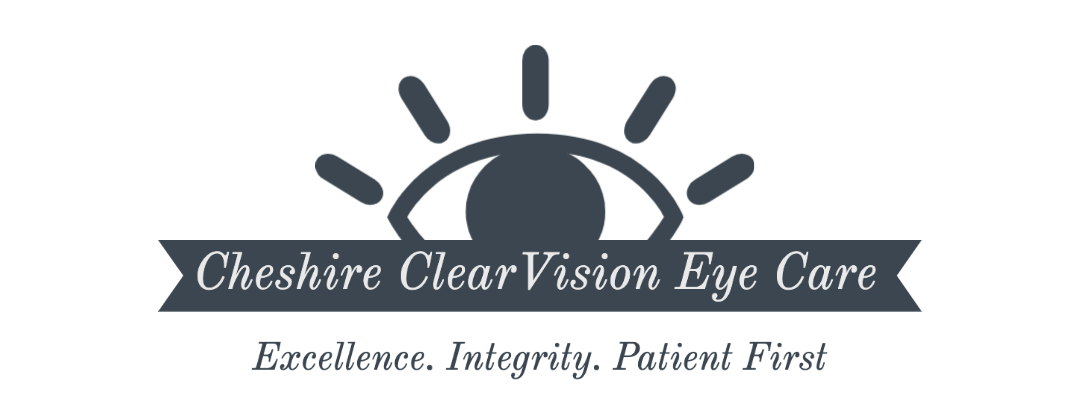What is Squint?
A squint (strabismus) is a condition where the two eyes look in different directions and are misaligned (the two eyes do not point in the same direction). Whilst one eye looks forwards to focus on an object, the other eye turns either inwards, outwards, upwards, or downwards.
Can squint be treated/ corrected?
There are various ways to treat/ correct a squint. This may involve a combination of prism lenses, Botulinum toxin injection to the eye muscle and surgery. As each case is different, a detailed and tailored management plan will be provided during your clinic consultation.
What is the aim of squint surgery?
The aim of the surgery is:
- To improve the alignment of your eyes and make the squint smaller in size
- In some patients, to reduce or try to eliminate double vision
- Occasionally to improve an abnormal position of the head
What does the operation involve?
Each eye is controlled by 6 different muscles which move the eye in a particular direction. A squint operation involves either loosening or tightening these muscles to improve the alignment of the eyes. Your surgeon will make a small cut in the surface membrane (conjunctiva) of the eye to access the muscle that needs tightening/ loosening. For example, in an individual with an inward turning squint (esotropia), the surgeon will loosen the muscle which pulls the eye in and/or tighten the muscle which pulls the eye out.
Often in adults, the surgery will include using adjustable stiches. This means that when you wake up, the surgeon will put drops in your eye to numb it and measure eye position (as the orthoptist did before the operation). If the eye is over or under-corrected, the surgeon will be able to pull the stitch to get the eye position exactly right. This procedure is not painful, takes about 10 minutes and ensures the best possible result.
Are there any risks involved with the surgery?
Squint surgery is generally very safe, and complications are rare. But as with any surgical procedure, there are some risks associated with the procedure. The risks vary with each patient and Mr Shenoy will go through these in detail at your pre-operative clinic consultation. The commonly occurring complications are:
- Mild bleeding of the eye after surgery
- Redness of the operated eye/s
- Persistent redness and scarring at the site of surgery
- Noticeably over or under correction of the squint needing further surgery.
- Infection
- Change in focus of the eye – meaning there could be a need for glasses or alteration of the power of current glasses after the operation.
- Double vision which may be present for the first few days and then settles down. If the problem continues, your child nay need further intervention by means of special glasses or Botulinum toxin or further surgery.
A general anaesthetic is required, which carries a small risk. Your anaesthetist will discuss these risks with you before the operation.
What is the aftercare following the surgery?
You should be able to go home the same day following the surgery. You may clean around your eye if necessary. Always wash your hands before starting. Using cotton wool moistened with cooled, boiled water wiping from the inner corner of their eye to the outer and discard. Repeat if required. There could be some tears from the eye which are slightly blood stained. This is quite normal and usually clears up after a few days. You will be given some eye drops to use at home for 2 – 4 weeks. You will be advised how to use the medication before you leave hospital.
Restrictions after the surgery
You may bathe and shower as normal, but make sure they do not get soap or shampoo in the operated eye for at least two weeks. You should avoid swimming, playing contact sports and exposure to dusty environment for between 2 weeks following the squint surgery.
